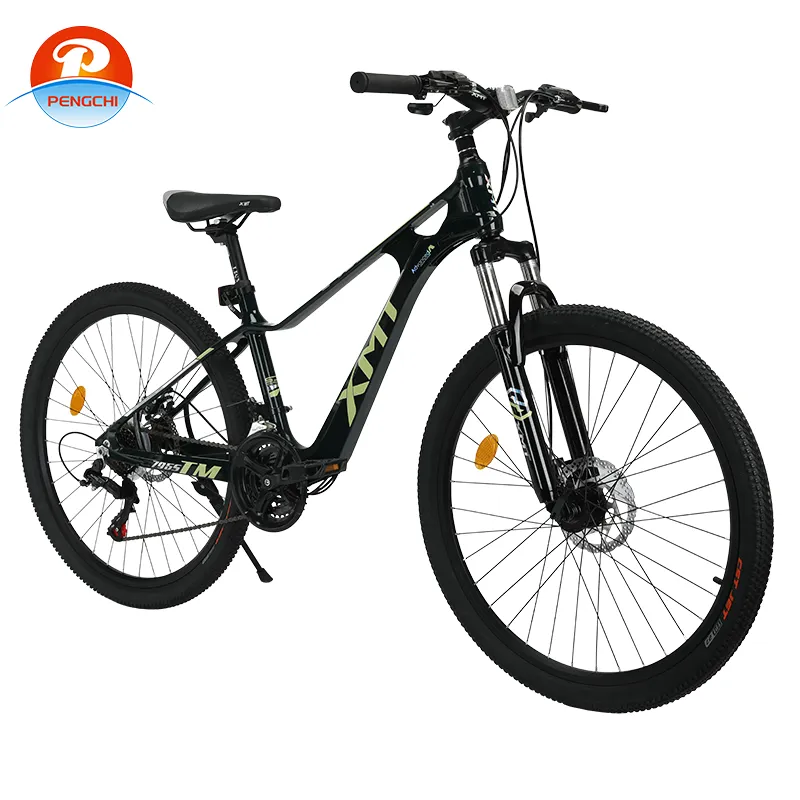
-
 Afrikaans
Afrikaans -
 Arabic
Arabic -
 Belarusian
Belarusian -
 Bengali
Bengali -
 Bulgarian
Bulgarian -
 Croatian
Croatian -
 Czech
Czech -
 Danish
Danish -
 Dutch
Dutch -
 English
English -
 Finnish
Finnish -
 French
French -
 German
German -
 Greek
Greek -
 hawaiian
hawaiian -
 Hebrew
Hebrew -
 Hindi
Hindi -
 Hungarian
Hungarian -
 Indonesian
Indonesian -
 irish
irish -
 Italian
Italian -
 Japanese
Japanese -
 Javanese
Javanese -
 kazakh
kazakh -
 Khmer
Khmer -
 Korean
Korean -
 Kyrgyz
Kyrgyz -
 Lao
Lao -
 Latin
Latin -
 Luxembourgish
Luxembourgish -
 Malay
Malay -
 Myanmar
Myanmar -
 Norwegian
Norwegian -
 Persian
Persian -
 Polish
Polish -
 Portuguese
Portuguese -
 Romanian
Romanian -
 Russian
Russian -
 Serbian
Serbian -
 Slovak
Slovak -
 Somali
Somali -
 Spanish
Spanish -
 Swedish
Swedish -
 Tagalog
Tagalog -
 Thai
Thai -
 Turkish
Turkish -
 Turkmen
Turkmen -
 Ukrainian
Ukrainian -
 Uighur
Uighur -
 Vietnamese
Vietnamese
Nov . 05, 2024 10:11 Back to list
how to choose a bmx bike
How to Choose a BMX Bike A Comprehensive Guide
Choosing the right BMX bike can be an exciting yet daunting task, especially for beginners. With various styles, sizes, and specifications available, it’s essential to understand what to look for when selecting the perfect ride. This guide will help you navigate through the key factors to consider when choosing a BMX bike.
1. Determine Your Riding Style
BMX bikes are designed for different riding styles, including freestyle, racing, and dirt jumping. Before making a purchase, it’s crucial to identify how you plan to use the bike.
- Freestyle bikes are geared toward performing tricks in skate parks or urban environments and typically have a pegs system for grinding. - Racing bikes are lighter and built for speed, with narrow tires and lower frames to enable quick accelerations on BMX race tracks. - Dirt jumping bikes are designed for riding on rough terrains and can handle jumps and drops.
Understanding your riding style will significantly narrow down your choices.
2. Frame Material
The frame material plays a vital role in the bike's weight, strength, and durability
. Common materials include- Steel Known for its durability and affordability. It can withstand rough usage but may be heavier than other materials. - Aluminum Lighter than steel, aluminum frames offer excellent performance and are resistant to rust, making them a popular choice for racers. - Chromoly A type of steel alloy that combines strength and lightweight properties. It’s commonly used in higher-end BMX bikes.
Choose a material that best suits your riding style and budget.
how to choose a bmx bike

3. Size Matters
BMX bikes come in various sizes, and selecting the right size is critical for comfort and control. The frame size is typically measured by the top tube length (the distance from the seat to the handlebars).
A shorter top tube is suitable for tricks and freestyle, while a longer one provides stability and control for racing. Most riders tend to choose a bike that allows them to stand over the top tube comfortably, with about an inch of clearance.
4. Wheel Size
BMX bikes usually come with 20-inch wheels, but variations like 16-inch and 24-inch are available for younger riders or those looking for a cruiser experience. Bigger wheels can handle rougher terrain better, while the standard 20-inch wheels are more agile and better suited for park and street riding.
5. Components and Upgrades
While many BMX bikes come with standard components, you may want to consider the quality of the handlebars, brakes, and pedals. Higher quality components enhance performance and make your riding experience more enjoyable and safer.
Additionally, consider whether you might want to upgrade components in the future. Investing in a bike with replaceable parts will give you room to grow and adapt your bike as your skills improve.
Conclusion
Selecting the right BMX bike requires careful consideration of your riding style, frame material, size, wheel size, and components. Take the time to test ride different options, consult with knowledgeable bike shop staff, and do thorough research. A well-chosen BMX bike not only enhances your riding experience but also helps you develop your skills and confidence on two wheels. Happy riding!
-
New Red Anti-theft E-Bike | Easy Ride City Commuter
NewsJul.31,2025
-
BMX 20 Inch Bikes for Freestyle & Street | Fat Tire Options Available
NewsJul.30,2025
-
322 High Quality 26 Inch 21 Speed Adult Mountain Bike OEM MTB
NewsJul.29,2025
-
Specialized Kids Mountain Bikes - Safe, Durable & Fun Riding Experience
NewsJul.29,2025
-
Little Kids Mountain Bike - Lightweight Bikes for Young Riders
NewsJul.29,2025
-
Kids Mountain Bike Trek – Full Suspension for 6 Year Old Riders
NewsJul.29,2025

